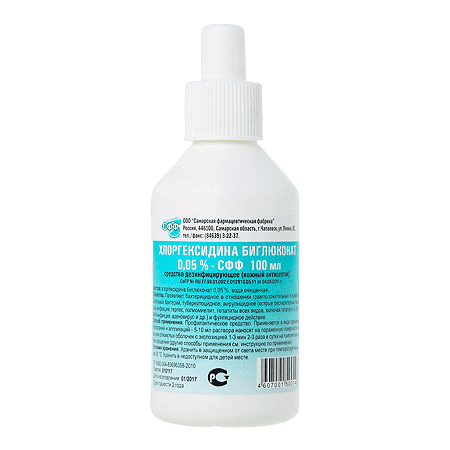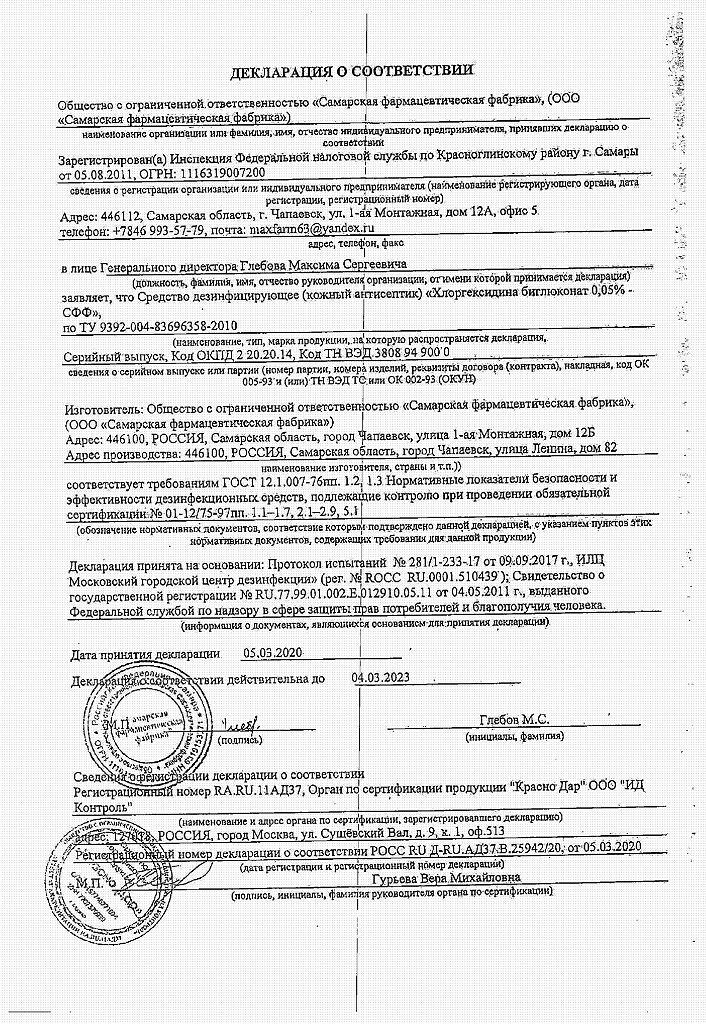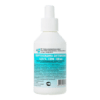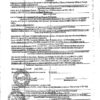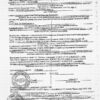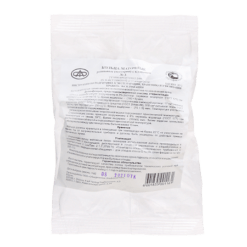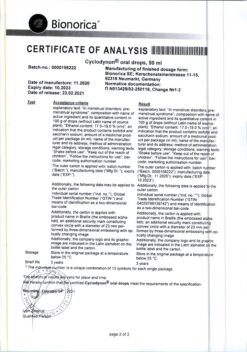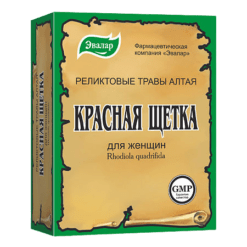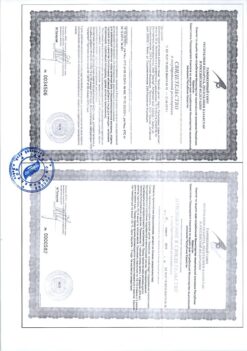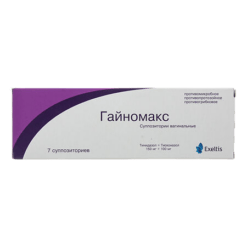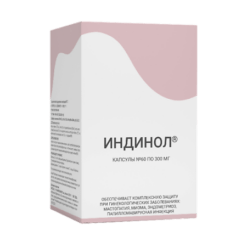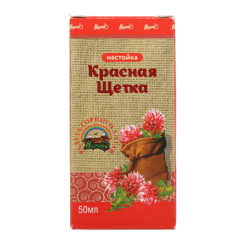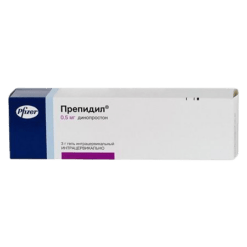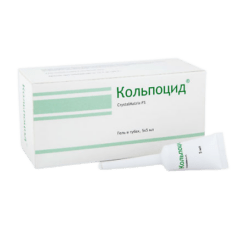No products in the cart.
Chlorhexidine Bigluconate 0.05% SFP, 100 ml
€1.00
Out of stock
(E-mail when Stock is available)
Description
Pharmacotherapeutic group
Antiseptic and disinfectant.
The ATX code:D08AC02
Pharmacological action
b>Pharmacodynamics
An antiseptic and disinfectant. Depending on the concentration used, it exhibits both bacteriostatic and bactericidal action. Bacteriological action of both aqueous and alcoholic working solutions) is observed at concentration of 0.01% or less; bactericidal – at concentration of more than 0.01% at temperature of 22°C and when exposed for 1 minute. Fungicidal effect – also at concentration of 0.05%, at 22°C and exposure for 10 min. Virulicidal action – appears at a concentration of 0.01-1%.
It is effective against pathogens of sexually transmitted infections – gardnerellosis, genital herpes; Gram-positive and Gram-negative bacteria – Treponema spp., Neisseria gonorrhoeae, Trichomonas spp., Chlamidia spp., Ureaplasma spp.
It has no effect on acid-resistant forms of bacteria, microbial spores, fungi.
Stable, after treatment of the skin (hands, operating field) remains on the skin in a certain amount, sufficient to show the bactericidal effect. Remains active (although somewhat reduced) in the presence of blood, pus, various secretions and organic substances.
It extremely rarely causes allergic reactions, skin and tissue irritation, has no damaging effect on objects made of glass, plastics and metals.
Pharmacokinetics
It is practically not absorbed from the gastrointestinal tract. After accidental ingestion of 300 mg, Cmax is reached after 30 min and is 0, 206 µg/L.
Extracted mainly with the feces (90%), less than 1% is excreted by the kidneys.
Indications
Indications
As a preventive and therapeutic agent for various infections, for antiseptic treatment and disinfection.
0.05%, 0.1%, 0.2% aqueous solutions:
-0.05% and 0.2% solutions:
-0.2% solution:
-0.5% solution:
-1% solution:
5% concentrate:
Active ingredient
Active ingredient
Composition
Composition
Active substance:
Chlorhexidine bigluconate 20 g
Associates:
Water up to 100 ml
How to take, the dosage
How to take, the dosage
Chlorhexidine is used as a preventive and therapeutic agent topically and locally, as well as for disinfection.
The 0.05%, 0.02% and 0.5% aqueous solutions are used as irrigations, rinses and applications (5-10 ml are applied to the affected skin surface or mucous membranes):
Interaction
Interaction
It is used in a neutral medium; at pH 5-8 there is little difference in activity; at pH over 8 there is precipitation. The use of hard water slightly reduces the bactericidal properties.
Chlorhexidine bigluconate is a cationic substance and does not combine with soaps and other anionic compounds such as colloids, gum arabic, carboxymethylcellulose.
At a concentration of 1:2000, it is incompatible with borates, carbonates, chlorides, citrates, phosphates, and sulfates, creating a hard-to-solve precipitate after 24 hours.
Compatible with preparations containing cationic group (benzalkonium chloride, centrimonium bromide).
It increases the sensitivity of bacteria to chloramphenicol, kanamycin, neomycin, cephalosporins.
Ethanol increases the effectiveness of the drug.
Special Instructions
Special Instructions
In patients with open craniocerebral trauma, spinal cord injury, tympanic membrane perforation, avoid contact of the drug with the surface of the brain, the meninges and the tympanic cavity.
In case of contact with the mucous membranes of the eyes, they should be rinsed quickly and thoroughly with water.
The simultaneous use with iodine is not recommended.
Chlorhexidine should not be mixed with other disinfectants and detergents. Contact with hypochlorous bleaching agents on fabrics that have previously been in contact with chlorhexidine-containing products can contribute to brown stains.
Clothing that has been in contact with chlorhexidine should not be exposed to hypochlorites and other compounds that release active chlorine.
Do not dilute with hard water. Aqueous solutions can be sterilized in an autoclave at 116°C for 30 minutes. Do not sterilize with ionizing radiation.
Contraindications
Contraindications
Hypersensitivity to the components of the drug, dermatitis.
With caution – children (under 18 years).
Side effects
Side effects
In rare cases, allergic reactions (skin rash), dry skin, itching, dermatitis, sticky skin on hands (for 3-5 minutes), photosensitization are possible.
Tooth discoloration, tartar buildup and taste disorder with long-term use for oral antisepsis.
Overdose
Overdose
In case of accidental ingestion, it is practically not absorbed (gastric lavage should be done with milk, raw egg, gelatin or mild soap). If necessary, symptomatic therapy is carried out.
Similarities
Similarities
Additional information
| Weight | 0.115 kg |
|---|---|
| Manufacturer | Samarskaya Pharmfabrika, Russia |
| Medication form | topical solution |
| Brand | Samarskaya Pharmfabrika |
Related products
Gynecology and Obstetrics
Gynecology and Obstetrics
Prepidil, intracervical gel 0.5 mg/3 g syringes with catheter
Buy Chlorhexidine Bigluconate 0.05% SFP, 100 ml with delivery to USA, UK, Europe and over 120 other countries.

